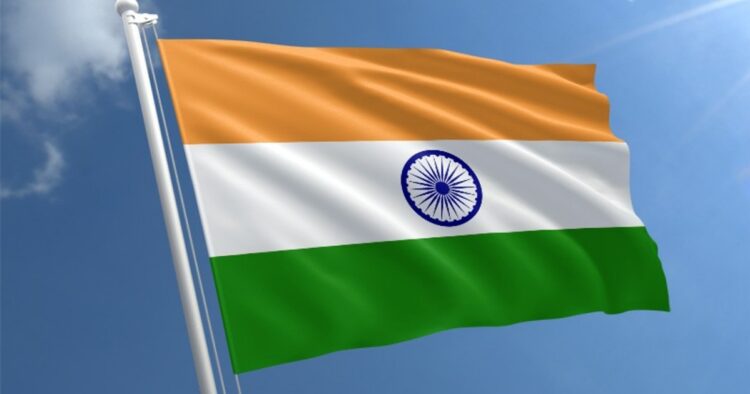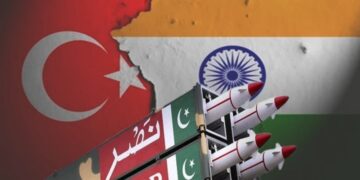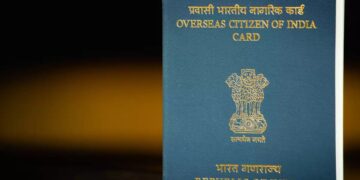With a positive growth trajectory, India is on its way to becoming the third largest economy because of its strategic global position and necessary economic reforms. As per IMF projections, India is on track to surpass Japan to become the fourth largest economy in the world by the end of 2025. Apart from that, it is even expected that by 2025, India will surpass Germany on the list.
Since its independence, India has seen a major roller coaster in its economic journey that has seen significant phases of growth and transformation. In the initial decades, India followed a socialist-inspired model referred to as ‘License Raj’, which led to modest growth rates but also resulted in inefficiencies and a sluggish economy.
If we talk about the biggest advantage that helped India boost its economy, it is its demography. With a total population of 1.4 billion, 65% of it is below the age of 35, providing a significant demographic dividend. Notably, this young force is increasingly moving towards urban regions, contributing to the growth of cities as hubs of economic activity.
Moreover, India has become a global leader in IT and BPO, with cities like Bengaluru, Hyderabad, and Pune driving tech innovation, contributing to the GDP, and enhancing India’s role in the global digital economy. Initiatives like Digital India, along with widespread smartphone use and affordable data, have connected millions to the digital economy, revolutionising transactions with platforms like UPI.
Apart from this, India’s ‘Make in India’ initiative, launched in 2014, aims to boost the manufacturing sector’s GDP contribution from 16–17% to 25% by enhancing infrastructure, simplifying regulations, and attracting foreign investment. The initiative positions India as a key alternative for global supply chains, particularly in electronics, automobiles, pharmaceuticals, and textiles, amidst a shift away from China.
ALSO READ: “India’s 4.2% Industrial Growth: Can Electric Equipment Boom Drive Economic Success?”
Considering India’s global position, its growing economic and military capabilities, along with its strategic South Asian location, have boosted its global influence. Active in BRICS, the G20, and the Quad, India’s foreign policy reflects its economic ambitions by strengthening ties with major economies and embracing trade liberalisation through new agreements and infrastructure improvements.
While India is on a promising trajectory towards becoming the third-largest economy, it must confront several critical challenges to sustain and maximise its growth. Addressing income inequality, upgrading infrastructure, and achieving environmental sustainability are pivotal for ensuring that the benefits of economic advancement are widely shared and enduring. By tackling these issues head-on, India can secure a more equitable and prosperous future, not only for its own population but also as a key player in the global economy.
















Comments